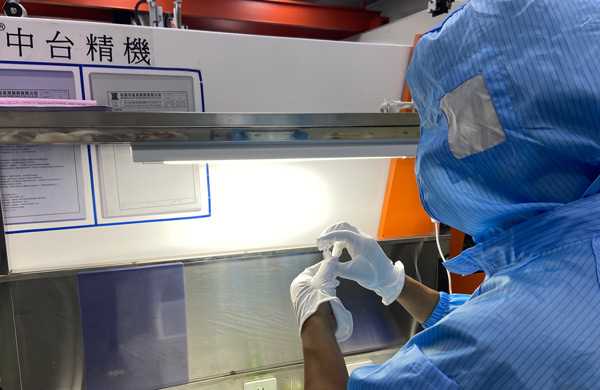Sink marks in injection molded products often occur due to insufficient force during molding, inadequate material filling, and unreasonable plastic product design. These sink marks frequently appear in thick-walled sections. The cause of voids in injection molded products is the formation of a vacuum due to insufficient plastic in the mold cavity, with the outer ring of plastic cooling and solidifying while the internal plastic shrinks. So, how can we solve the problems of sink marks, voids, and other defects during injection molding?

Raw Material Issues:
Dry the raw materials to ensure the dryness of the plastic materials.
Injection Molding Issues:
Increase injection pressure.
Extend injection time.
Increase holding pressure time.
Raise injection speed.
Increase injection cycle.
Injection Temperature Issues:
Pay attention to the temperature of plastic materials and molds, as excessively high or low temperatures can both result in defects in injection molded products.
Mold Issues:
Increase the gate size.
Enlarge the runner.
Increase the main channel.
Enlarge the nozzle hole.
Improve mold venting.
Balance the filling rate.
Avoid interruption of the filling flow.
Place the gate as close as possible to the thick-walled part of the product.
If possible, reduce the wall thickness variation of the product.
Injection Molding Equipment Issues:
Increase the plasticizing capacity of the injection molding machine.
Ensure a normal injection cycle.
Through the implementation of the above comprehensive measures, we can effectively solve the problem of defects such as dents and porosity on injection molded products, and improve the overall quality and aesthetics of the product. We hope these suggestions can bring help to your injection molding production!